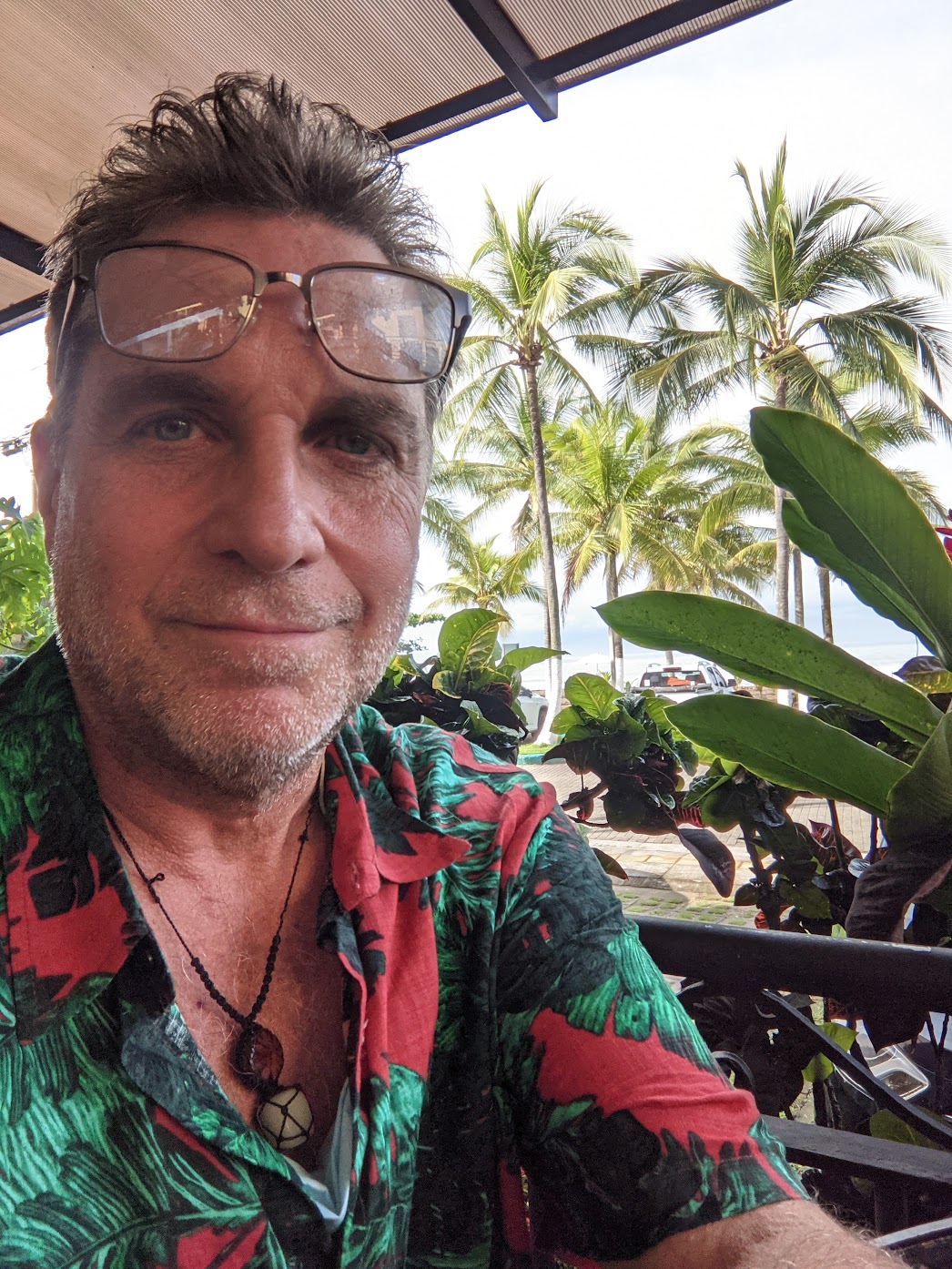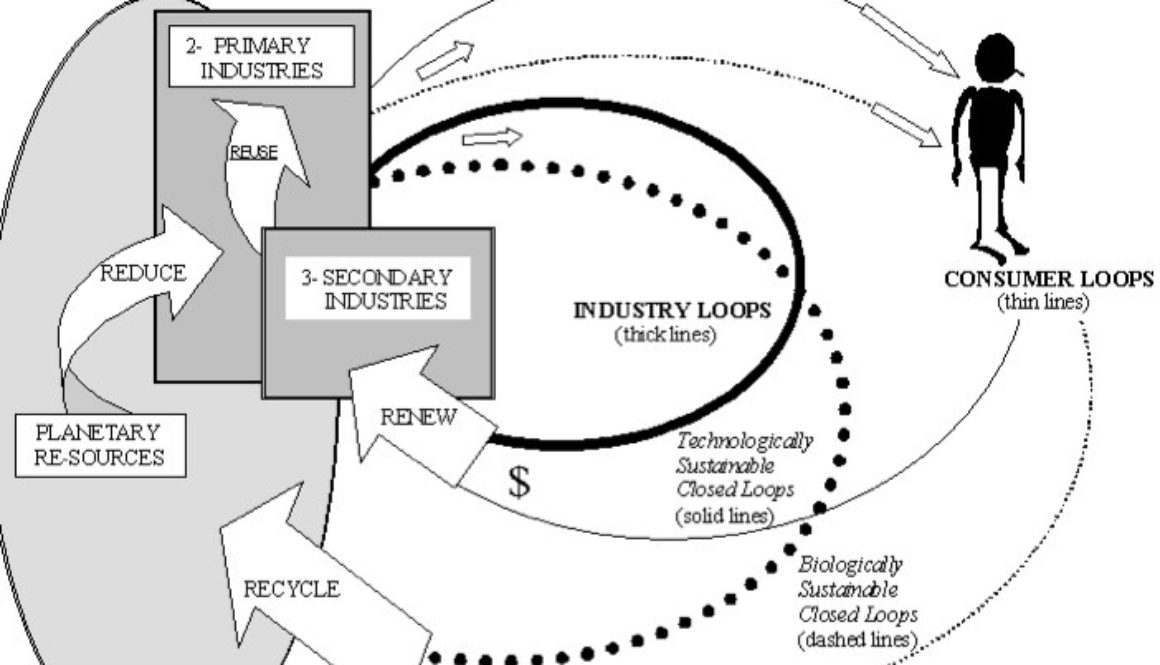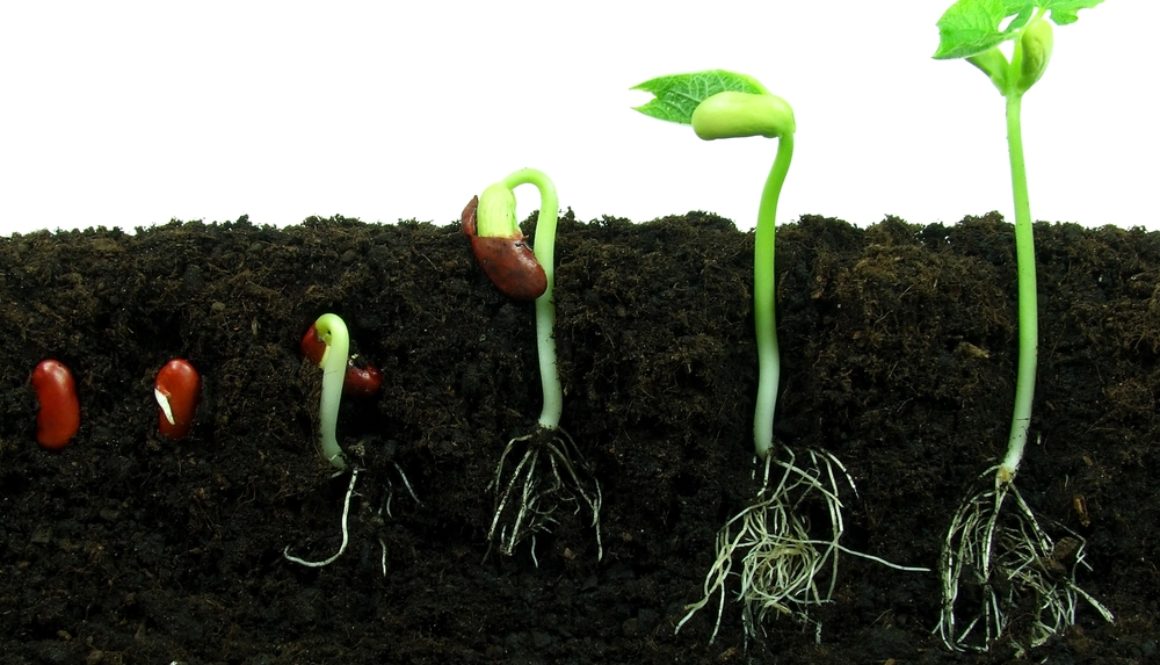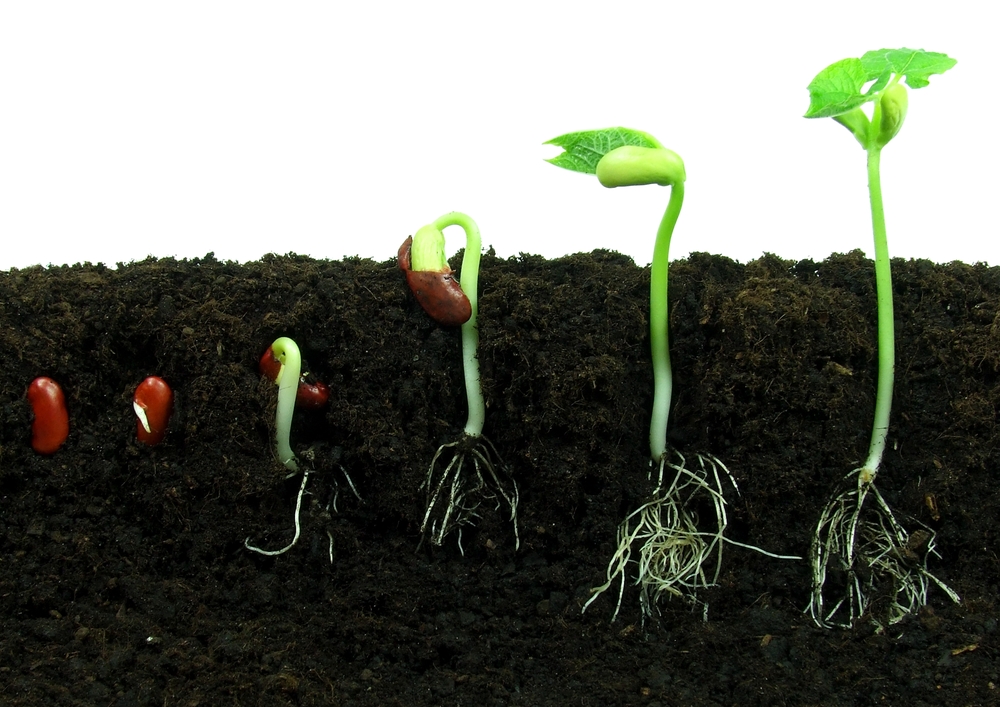Sustainable Innovation Through Whole System Design
My experience has taught me that the design and application of sustainability requires a ‘whole-systems’ approach. It requires ability for team members to work while recognizing multi-system interdependency’s called a ‘Design Ecology’. For example, although energy is a critical touch-point for effective implementation of sustainability, the impact on other aspects of enterprise becomes systemic and dynamic. This means that, when a new energy solution is applied, its impact goes beyond technical and economic. It also creates a slow, dramatic change in culture within the enterprise. This includes infrastructure, employee environments, work processes, alteration of products and services, and so on. Thus, plans to implement a green energy solution are built into a design ecology; one that also considers time lag influences across all realms of the enterprise – the whole system.
To ensure operations are as sustainable as possible, the implementation of innovative technologies and green business practices are to be linked to the core values of the company. The sustainability team becomes facilitators of these values as they move through the organization and become guiding principles. These then eventually become the organization’s value proposition, the key statement that interfaces the company with its customers and suppliers.
Conceiving a Sustainable Learning Organization
To continue on the energy example, the selected energy solution’s impact on the supply chain and stakeholders is not trivial. To ensure long-term efficacy of a chosen sustainable innovation throughout the organization, all product teams and associated vendors need to be educated and interacted with in ways that positively affect, not just company operations, but the vendor’s operations and commerce as well. In other words, long term the project goes beyond company influence to create a ‘regenerative commerce’ self-sustaining system that is based on shifts in awareness, attention, and commitment. It is important to note that, in order to sustain the movement, it is crucial that your enterprise sets the right tone in the early years (i.e. now), because that tone generates an identity pattern, which continues to ring ongoing throughout the expanding movement. These tones have arisen through humanity’s time on this planet. Tones that positively affect the human situation, as well as other life on this planet, have only been effective when people are committed to acting as a learning community, rather than as members of a corporate or educational institution as it is defined and implemented today. The differences are dramatic, and knowing these differences will make or break the success of sustainability at large.
A model called ‘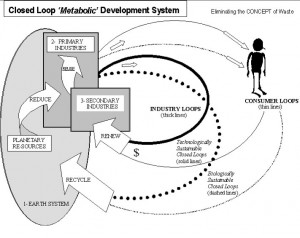 ‘ (see diagram) can be used as a baseline for analyzing, selecting, implementing, and monitoring sustainable applications and their efficacy in terms of technical performance, company implementation, supply chain impact, planetary health, and social well-being. This simple map has broad implications and can be incorporated into the overall sustainability plan by riding its feedback loops, which are the legs that build knowledge capacity into the whole of the system.
‘ (see diagram) can be used as a baseline for analyzing, selecting, implementing, and monitoring sustainable applications and their efficacy in terms of technical performance, company implementation, supply chain impact, planetary health, and social well-being. This simple map has broad implications and can be incorporated into the overall sustainability plan by riding its feedback loops, which are the legs that build knowledge capacity into the whole of the system.
Formulating Dynamic Feedback – Sustainability Reporting
The sustainability plan’s objectives can be created by back-casting visionary solutions based on desired (rather than anticipated) outcomes. This description becomes the front end to a larger strategic plan, which today is a method known as sustainability reporting, which becomes the guiding vehicle for monitoring and sharing sustainability directives and applications within and outside of the enterprise. Otherwise known as a sustainability report, this document is not static, but rather becomes a dynamic tool that guides all aspects of a comprehensive sustainability solution. Furthermore, the report acts as a relationship-building vehicle that shapes the connections, which make up the design ecology.
Incorporating Meaning through Collaborative Design
To do this, a sustainability report is not created by any one individual, or even by the sustainability team on its own. Instead it is created using a ‘collaborative design’ process that brings together numerous stakeholders who are directly and indirectly impacted by the company sustainability strategy. The collaboration gets staff and stakeholders involved in the innovation process, thereby creating ownership and thus increasing sustainability over time. This collaborative process helps to devise new ways to determine and incorporate sustainable innovations and may include unexpected outcomes, such as new products and services that help staff, suppliers, and users to be more sustainable, as well as improve the company’s bottom line.
Furthermore, the team will need to work closely with (and across) all other enterprise divisions, including marketing, engineering, procurement, and executive management. This is the way to building strong, compelling cases that are values-based and come from the company as a whole community. High impact programs that align stakeholders with your overall business strategies will increase the potential for sustainability solutions to ‘sustain’ themselves.
Sustained Success through Phased Implementation
A phased plan for implementation for all solutions should be used that includes comparative proto-typing, sequential benchmarking, and business/technology incubation techniques, so that best-of-breed solutions are brought in and effectively and appropriately moved into real applications. This, I have found, is an outcome of the collaborative design process, where technical design is only one part of an overall plan that considers these other factors. Other outcomes of this collaboration process are a blend of visionary principles that guide the actions of the company, as well as a tangible strategy that can be implemented world-wide across company divisions, market sectors, supplier networks, and consumer communities that are affected by the enterprise’s influence. The key here is to design in broad participation so that learning becomes meaning, meaning becomes desire, and desire becomes the juice that sustains the movement, even when challenges arise.
Increasing Value to Sustainability Teams
My extensive experience with designing and facilitating stakeholder-based collaborative design processes like these is a key value-add that I will bring to the team. As a member of your Sustainability Team, I can be relied on to be responsible for collaboratively defining, evaluating, advocating, and implementing triple-bottom-line solutions that integrate environmental, social, and economic impacts across the enterprise, it’s supply chain, users, and the world at large. My ability to work cross-functionally allows me to interconnect my efforts on renewable energy projects, while also developing sustainable business solutions that can be scaled from internal applications to outside the company beyond its reach. Plus my background in technology positions me to comprehend and design solutions that require an understanding of design process that incorporates my extensive analytical and problem solving skills. Experiences that encompass my sustainability background include the development of organizational strategies and frameworks that are based in sustainability and sustainable innovation, and working with both startup and traditional sustainable-oriented organizations including clean energy companies. All of which will help me to identify innovative, clean, efficient technologies that can be deployed within company operations.
